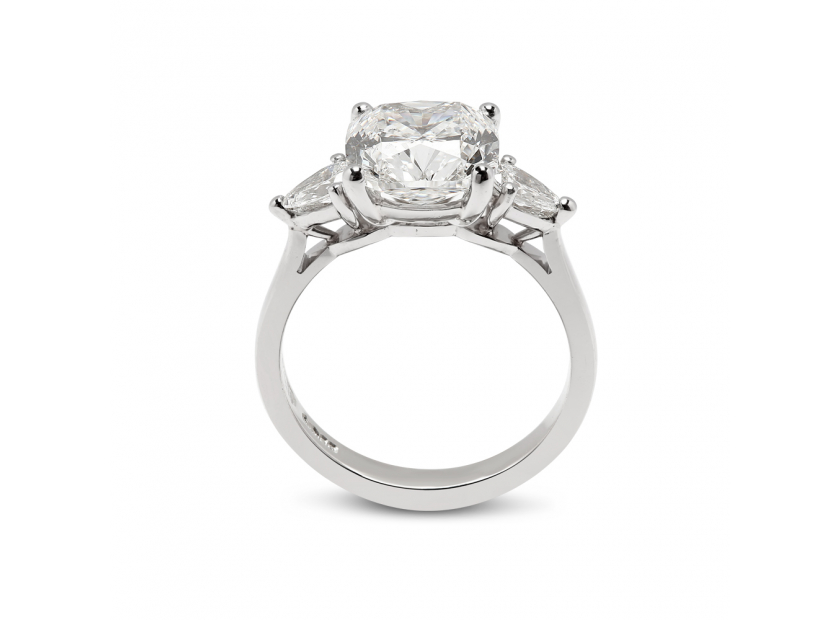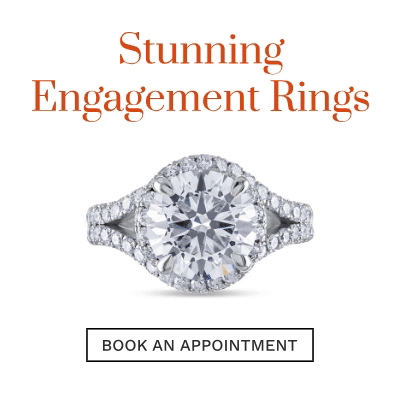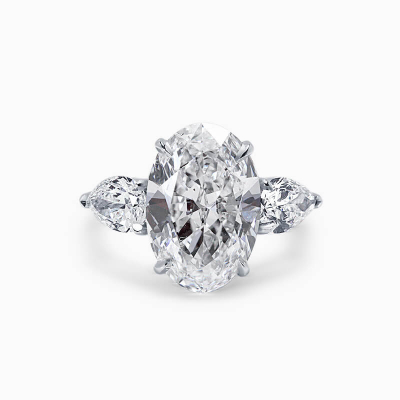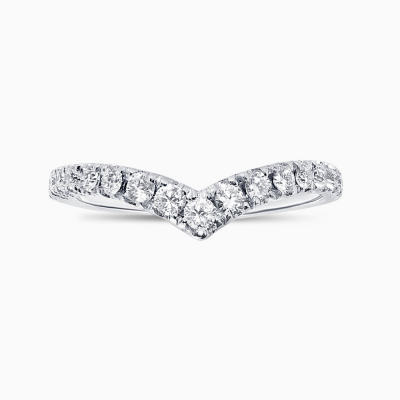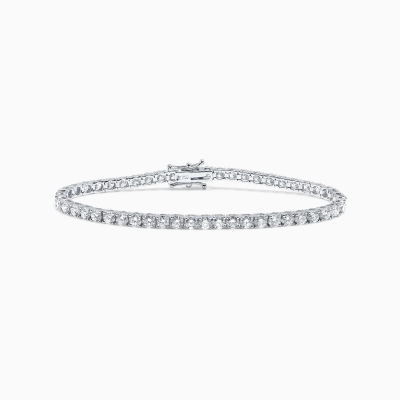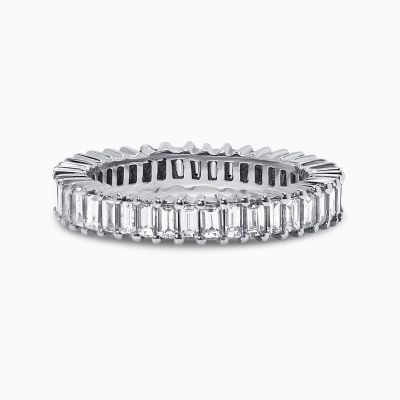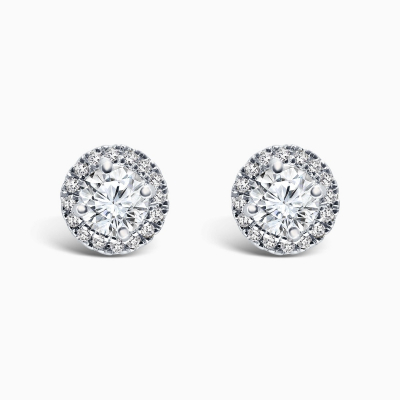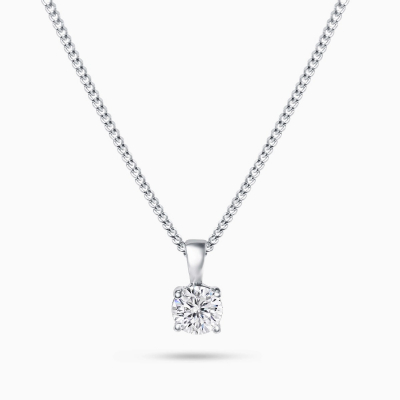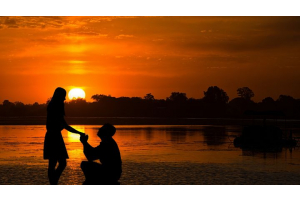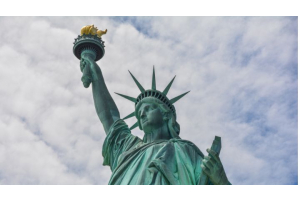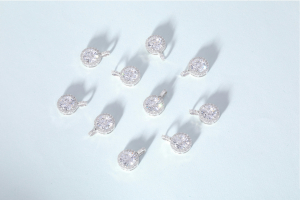USD
/
USD
/
Shipping to:
Currency:
Why We Give And Wear Diamond Engagement Rings?
Posted:
December 12, 2017
4 min read
CONGRATULATIONS TO PRINCE HARRY AND MEGHAN MARKLE ON THEIR ENGAGEMENT
Fantastic news this week that Prince Harry and Meghan Markle have at last announced the news that the nation has been waiting for – they are officially engaged to be married! The engagement ring is, as expected, absolutely stunning with Prince Harry thoughtfully choosing a trilogy design with a trio of diamonds. The ring sits on a gold band and the centre stone is from Botswana (where the couple recently holidayed together) and is flanked by two diamonds from the personal collection of Princess Diana, Prince Harry's mother. Prince Harry explained to the press at their official engagement announcement that this ring is ‘symbolic of life’s crazy journey that they are embarking upon together’. Like many couples Prince Harry chose a diamond engagement ring to symbolise his commitment to his future wife. But have you ever stopped and wondered why do we give and wear diamond engagement rings?
The origins of diamond engagement rings There are several trains of thought as to the origins of the engagement ring. Some believe that engagement rings were a custom which begun in Ancient Egypt about 4,800 years ago! The Ancient Egyptians regarded a ring as the ultimate symbol of love and eternity and the central hole signified never ending and immortal love for the woman wearing the ring. They fashioned engagement rings and wedding bands from sedges, papyrus and reeds but as these materials wear away relatively quickly, they were often replaced with a ring made from other natural materials such as bone, ivory or leather or bone. The more expensive the material that the engagement ring was fashioned from signifying the wealth of the giver. Archaeologists have found several mummies dating around 2800 BC that have been buried with silver and gold rings on the ring fingers of their left hand. The more modern history of engagement rings began back in 1215 when Pope Innocent III established a waiting period between the promise of marriage, and the actual marriage ceremony and the giving of an engagement ring signified the couple's devotion to one another. During this period in history engagement rings would often represent the couple's social and economic position in society with only the very rich incorporating precious metals and jewels. Other less wealthy couples marked their engagement by the giving of an item. In England for example, a couple would break a piece of silver or gold and each of the couple kept one half, cementing the decision by having a glass of wine. Once married the item would be re-joined together to symbolise their joining together in marriage. In America, some women were given thimbles. Once they got married the thimbles would have the top cut off so they could wear them as rings. The word diamond is originated from ancient Greek translated to mean "unbreakable" - the perfect adjective when to describe the bond of love that marriage creates. At the time, diamonds were thought to be the strongest material on earth, which meant giving your other half a diamond as a symbol of your love and devotion was a truly romantic gesture.
Explore Our Collections
The modern era of the diamond engagement ring Our current love affair with diamond engagement rings has been attributed to Archduke Maximilian of Austria who in 1477 proposed to Mary of Burgundy with a stunning diamond engagement ring comprised of thin, flat pieces of diamonds in the shape of an "M”. He blazed a fashion for diamond engagement rings amongst his contemporary European Aristocracy. Diamond engagement rings did not become widely available though the jewelry industry until the 1870s when diamonds were discovered by miners in South Africa. Diamonds then began to flood world markets, and people started to realise that they were relatively pretty common (which could have damaged their high price). So in 1888 several major diamond mines formed together to create De Beers Consolidated Mines, Ltd which allowed them to control the flow of diamonds globally from South Africa. In turn this allowed them to make diamonds appear scarcer and therefore more valuable hence how a diamond became thought of as a rare, inherently valuable commodity. The popularity of diamond engagement rings is all down to clever marketing. Once De Beers had increased the the price of diamonds, they faced a new challenge: the poor economy of the 1920s had led to a massive decline in diamond demand. To ‘create’ demand De Beers hired an advertising agency N.W. Ayer to help them communicate just one message that would change the history of diamonds and make them an aspirational ‘must have’ item in the eyes of consumers. Frances Gerety, a copywriter working for N.W. Ayer, came up with the slogan: ‘A Diamond is Forever.’ Their marketing campaign focused upon portraying diamonds as a symbol of everlasting love, and made diamond engagement rings the ultimate way to show your commitment and it worked - diamond engagement rings are the number once choice of couples all over the world.
Why do we wear an engagement ring on the ring finger of the left hand? This custom can be traced back to traditional beliefs held before the discovery of the human circulatory system worked. It was believed that a vein, known as the vena amoris or the ‘vein of love’, ran directly from the heart to the ring finger on the left hand. The special connection between the hand and the heart meant that wearing the engagement and wedding ring on this finger symbolically showed the love between the couple. After the discovery of the circulatory system, medical experts realised that the scientific theory was incorrect because all fingers have a similar vein structure. Married couples from the US and many other Western countries wear their engagement and wedding rings on their left hand. However, couples from other European countries such as Austria, Denmark and Germany wear the rings on their right hand instead.


